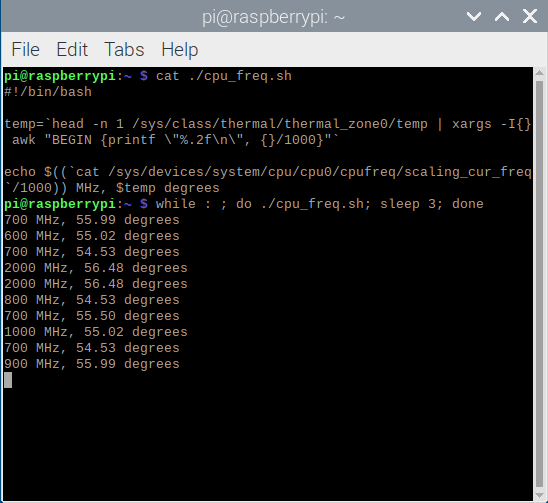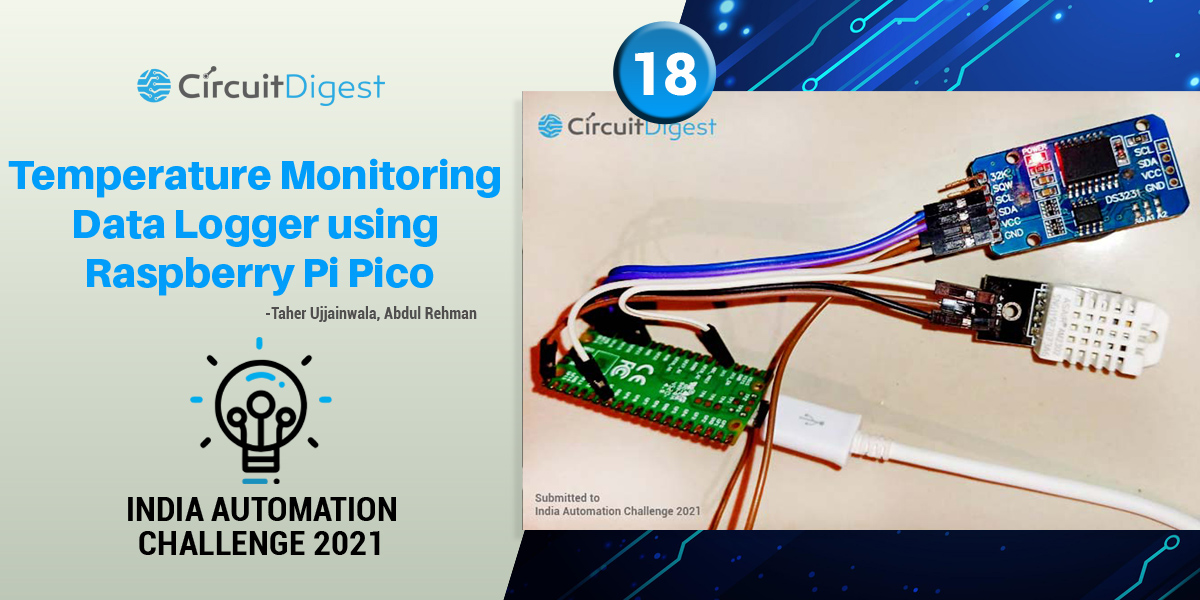

Apparently due to a change in the underlying library the binding can’t detect the current CPU usage anymore, instead it will provide averages over the last 1/5/15 minutes. Most of it is self explanatory, only the CPU usage was not entirely logical to me when I first saw it. Number Network_DataSent "Data sent" Īs you can see a lot of information about network, CPU, storage, memory and temperature is available. My items file looks like this: /* Raspi infos */ These can be linked to “Items” in OpenHab, which we can then use anywhere in the system. This new “Thing” provides a lot of data via different channels. Things like the CPU load will be updated every 10 seconds others like remaining storage capacity only every 60 seconds. I also added some configuration controlling the interval for high/medium speed updates of the data. Here I define a new “Thing” in Openhab from the systeminfo binding of the type computer with my custom name “raspi”. Once that is done you need to create Things. It can be installed via PaperUI as any other binding. In OpenHab you can collect data about the system it is running on quite easily by using the Systeminfo Binding.


The first step is to get as much data about the Raspberry Pi as possible and to store the important ones for debugging purposes.
#Monitor cpu temperature raspberry pi update#
To be able to see those problems faster and fix them I decided to update my monitoring system for the Raspberry Pi itself. I only noticed the problem when some part of my smart home system stopped working.
#Monitor cpu temperature raspberry pi upgrade#
CPU temperature spikes due to the software bug – restarted between each spikeįortunately the bug is fixed by now, so you can simply upgrade to the newest OpenHab version (and therefore binding version) to get rid of it. All of this means that a constant really high CPU usage could shorten the life span of the Pi and will definitely mean the smart home system will stop working. As it normally runs really cool and sits right in my living room I decided not to add a fan. More threads means more CPU usage which means the Pi will get hotter. Unfortunately the binding used for control of the robot had a serious bug which lead to the creation of an ever growing number of threads. The result is great: I can just tell Alexa to start cleaning or link the robots cleaning schedule to anything else in my home (like presence detection). Some time ago I started integrating my Roborock S50 smart vacuum robot into my system. I wrote a little bit more about this setup in my Zigbee2MQTT article. I am running OpenHab via Openhabian on my Pi, but most other smart home controllers will also run on the Pi. Raspberry Pi 4 (the newest model, without any extras) Raspberry Pi 3 kit (I am using the 3 right now) It won’t cost you more and pays for my server costs. If you are thinking about getting a Raspberry Pi too consider buying it via my affiliate link(s). It has been used anywhere from NAS to media center but it is also the center piece of many smart home and automation systems. It is a very small, relatively powerful yet energy efficient computer. The Pi might be the best thing that happened to the DIY community in the last couple of year. Keeping an eye on the data – monitoring the Raspberry Pi The Raspberry Pi – not a cake


 0 kommentar(er)
0 kommentar(er)
